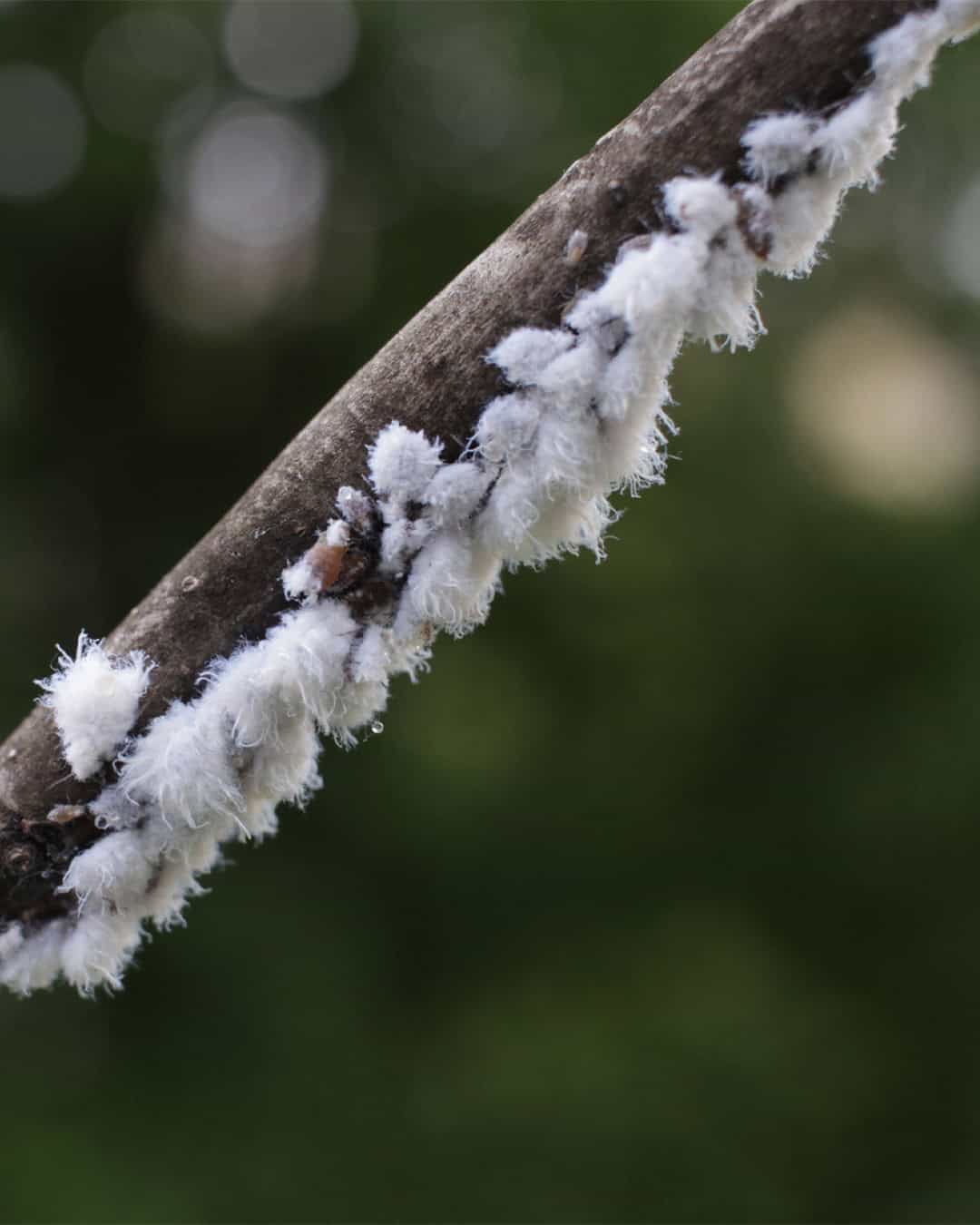Mealybug Facts & Information
Scales and mealybugs are small, sap-sucking insects known for causing significant damage to a wide range of plants. These pests can weaken plants, leading to stunted growth, yellowing leaves, and even plant death if left untreated.

Pseudococcidae
What You Need To Know About Mealybugs
What do mealybugs look like?
Mealybugs are small, soft-bodied insects covered with a white, powdery, or mealy wax coating. They are typically about 1/8 to 1/4 inch long and may have a slightly elongated, segmented body.
What do mealybugs eat?
Mealybugs feed on plant sap, using their piercing mouthparts to suck fluids from leaves, stems, and roots which can weaken plants and lead to the development of sooty mold due to their honeydew excretions.
What sort of habitat do mealybugs live in?
Mealybugs thrive in warm, moist environments and are commonly found on houseplants, greenhouse plants, and outdoor ornamental plants. They often hide in crevices, leaf axils, and under leaves.
How do mealybugs commonly behave?
Mealybugs are relatively immobile and tend to cluster in groups on plant parts. They can be difficult to detect initially due to their small size and habit of hiding in protected areas. Their presence is often first noticed by the damage they cause to plants.
Did you know this about mealybugs?
Mealybugs can reproduce rapidly, especially in controlled environments like greenhouses. Some species of mealybugs are capable of producing hundreds of offspring in their lifetime. Additionally, mealybugs are known to have a mutualistic relationship with ants, which protect them from predators in exchange for the sweet honeydew they produce.
Understanding Mealybug Infestations
Understanding infestations of scales and mealybugs is crucial for effective control. Scales attach themselves to plant stems and leaves, forming hard, shell-like coverings that protect them from predators and environmental conditions. Mealybugs, on the other hand, are covered with a white, waxy substance and tend to cluster in plant crevices. Both pests excrete honeydew, which attracts ants and promotes the growth of sooty mold, further damaging the plants.While they do not pose direct health risks to humans, scales and mealybugs can attract ants and other insects that may create additional problems.Infestations can lead to the death of ornamental plants, fruit trees, and garden plants, potentially causing significant financial loss.Mealybugs can hide in soil, pots, and on plant roots, making them difficult to detect and eliminate completely.

How Hearts Handles Mealybug Treatment
Hearts Pest Management employs an integrated pest management approach to handle scale and mealybug infestations. Our process starts with a thorough inspection to identify the severity of the infestation and the specific species involved. We then develop a customized treatment plan that may include eco-friendly solutions, ensuring the health and safety of your plants.
Mealybug Inspection
Mealybug Treatment
Mealybug Prevention
Educational Resources

Think You Might Have a Mealybug Infestation?
At Hearts Pest Control, we understand the challenges associated with Mealybug infestations and are here to provide professional solutions tailored to your needs. Flourishing in warm and humid climates, they are prevalent in many regions, including San Diego County, Orange County, and Los Angeles County.